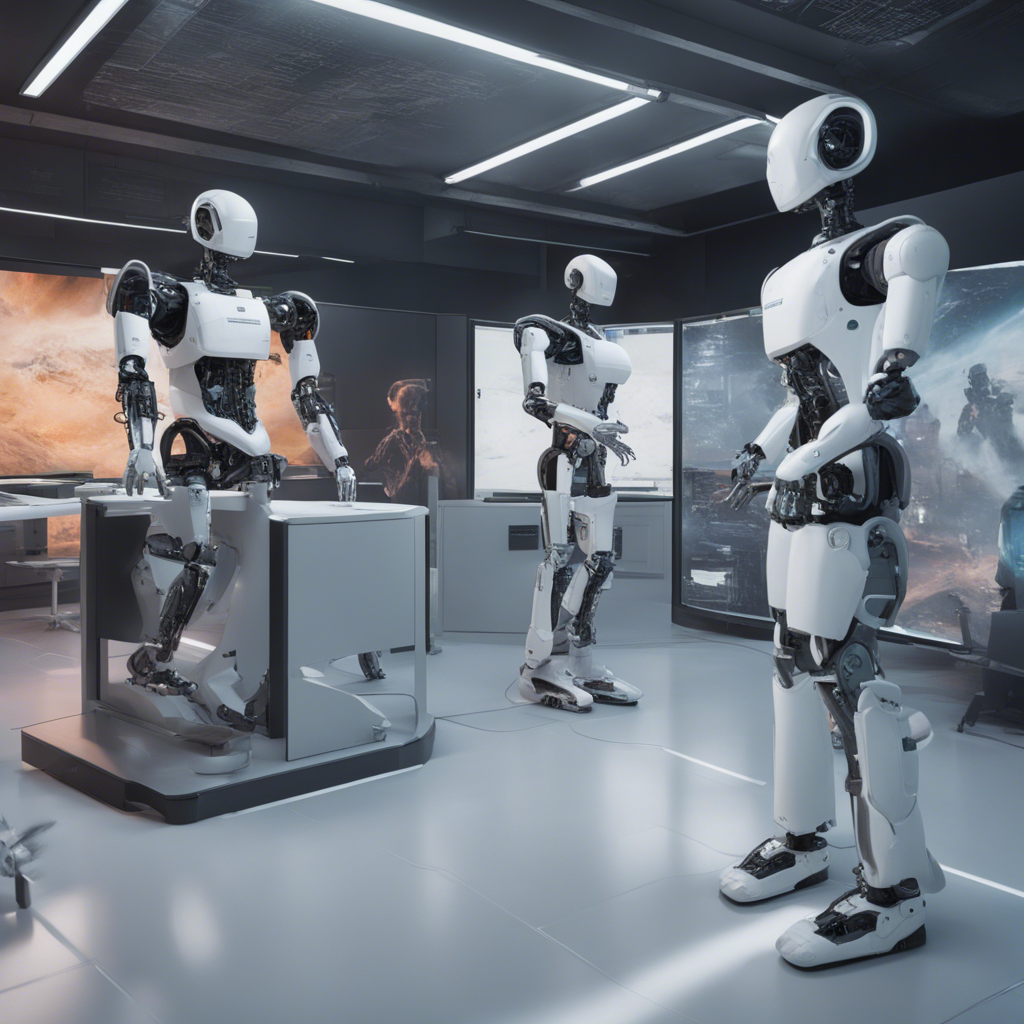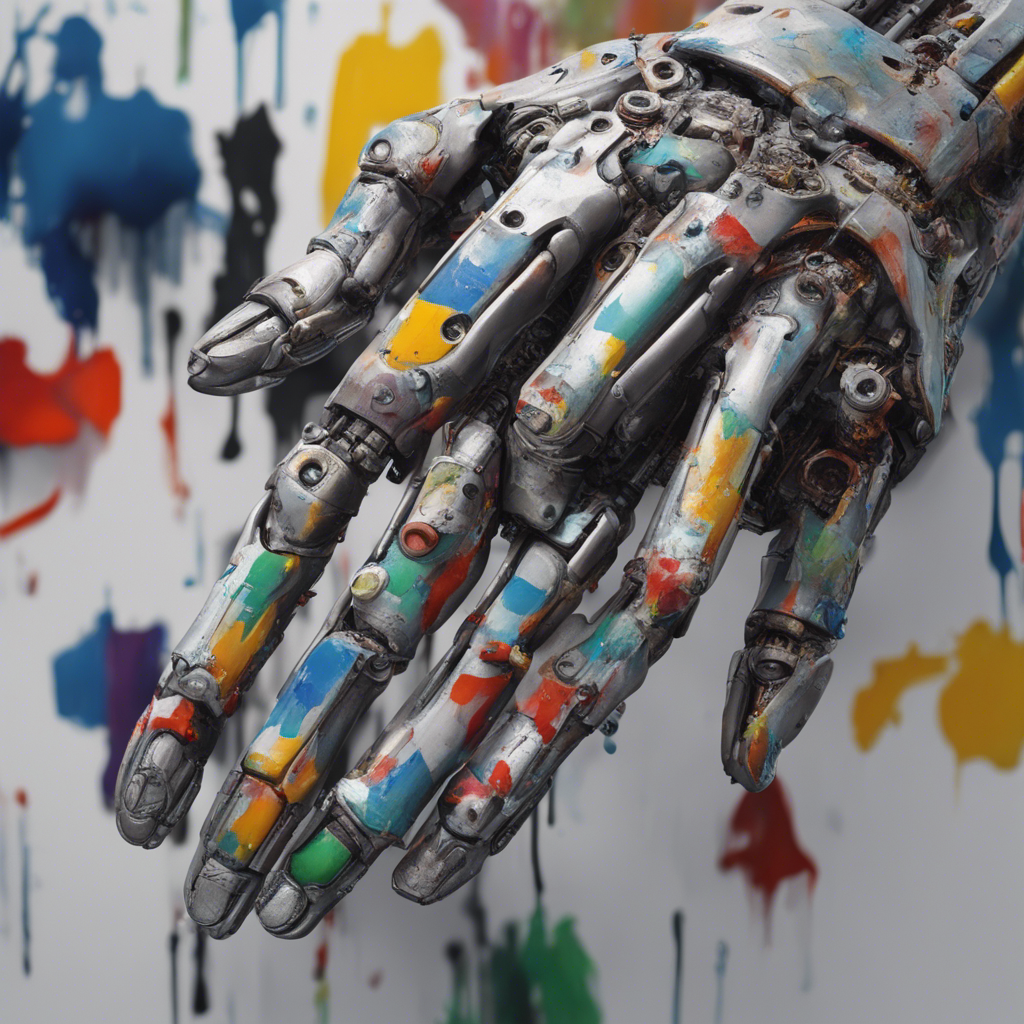
Conversational AI: From Chatbots to Digital Assistants
In recent years, conversational AI has emerged as a revolutionary technology that is transforming the way we interact with computers and digital systems. From the advent of chatbots to the rise of digital assistants like Siri and Alexa, conversational AI has evolved rapidly and is becoming an integral part of our daily lives. In this blog post, we will explore the fascinating world of conversational AI, its applications, and its potential impact on various industries.
What is Conversational AI?
Conversational AI is a branch of artificial intelligence (AI) that focuses on enabling computers and machines to understand and respond to human language. It aims to create human-like conversational experiences, allowing users to interact with machines in a more natural and intuitive manner. There are two primary components of conversational AI:
-
Natural Language Processing (NLP): NLP involves the understanding and interpretation of human language by machines. It includes tasks like speech recognition, language understanding, and natural language generation. NLP algorithms analyze text or speech inputs and extract meaning, intent, and context from them.
-
Machine Learning (ML): ML algorithms enable machines to learn from data and improve their performance over time. ML models are trained on large datasets, which allows them to recognize patterns, identify correlations, and make accurate predictions. In the context of conversational AI, ML algorithms are used to train chatbots and digital assistants to understand and generate natural language responses.
The Evolution of Chatbots
Chatbots, one of the earliest applications of conversational AI, have come a long way since their inception. Initially, chatbots were simple rule-based systems that followed predefined scripts and could provide limited responses to user queries. However, advancements in NLP and ML have revolutionized the capabilities of chatbots, making them more intelligent and versatile.
Modern chatbots leverage sophisticated NLP models, such as transformer architectures like BERT (Bidirectional Encoder Representations from Transformers), which enable them to understand complex language structures, detect sentiment, and even generate human-like responses. By using ML techniques, chatbots can learn from user interactions and continuously improve their performance.
Applications of Conversational AI
Conversational AI has found applications across various industries, enhancing customer service, improving productivity, and streamlining business processes. Let’s explore some of its use cases:
1. Customer Support and Assistance
Chatbots have become a popular choice for customer support due to their ability to provide instant and personalized responses to user queries. They can handle a wide range of customer inquiries, provide product recommendations, and even troubleshoot technical issues. By automating routine customer service tasks, businesses can reduce costs, improve response times, and enhance overall customer satisfaction.
2. Virtual Personal Assistants
Digital assistants like Siri, Alexa, and Google Assistant have become virtual companions for millions of users worldwide. These personal assistants can perform tasks such as setting reminders, answering questions, playing music, and even controlling smart home devices. Powered by conversational AI, these assistants continuously learn and adapt to users’ preferences and habits, making them increasingly helpful and personalized.
3. Healthcare and Telemedicine
Conversational AI holds great potential in the healthcare industry. Chatbots can assist with triaging patients, providing basic medical information, and answering common health-related questions. They can also help identify symptoms, provide first aid advice, and direct patients to appropriate medical resources. With advancements in NLP, chatbots can understand medical jargon and communicate effectively with healthcare professionals and patients alike.
4. eCommerce and Recommendations
Personalized recommendations have become a crucial aspect of the online shopping experience. Conversational AI can analyze customer preferences, past purchases, and browsing behavior to provide tailored product suggestions and improve the overall shopping experience. By understanding user intent and context, chatbots can engage users in natural conversation and guide them towards finding the products they are looking for.
5. Financial Services
Chatbots are transforming the way financial institutions interact with customers. They can assist with basic banking tasks, such as checking account balances, transferring funds, and generating financial reports. Chatbots equipped with advanced security protocols can also provide fraud detection and prevention services. By automating routine financial processes, chatbots can save time for customers and improve operational efficiency for banks.
Challenges and Future Perspectives
Although conversational AI has made significant strides, there are still challenges to overcome. Understanding complex language nuances, context, and user intent accurately remains a significant hurdle. Deploying conversational AI at scale while maintaining data privacy and security is another concern. Additionally, achieving seamless integration across various platforms and achieving a high level of user satisfaction with AI interactions are ongoing challenges.
Looking ahead, conversational AI is expected to become increasingly sophisticated and ubiquitous. Advancements in deep learning, neural networks, and language models will continue to improve the accuracy and naturalness of AI conversations. Conversational AI is likely to play a vital role in enabling multi-modal interactions, combining voice, text, and visual elements to provide a more immersive experience. Moreover, as AI technologies become more inclusive and accessible, conversational AI has the potential to bridge language barriers and empower individuals with disabilities.
With the rapid progress in conversational AI, businesses and industries must adapt to leverage its capabilities effectively. Organizations that embrace conversational AI early on will gain a competitive edge, as they will be able to provide enhanced customer experiences, improve internal workflows, and unlock new opportunities for growth.
In conclusion, conversational AI, from chatbots to digital assistants, has revolutionized human-computer interactions. It has become an integral part of our daily lives, bringing efficiency, convenience, and personalization to various industries. Leveraging the power of natural language processing and machine learning, conversational AI continues to evolve, enabling machines to understand and respond to human language more effectively. The future holds tremendous potential for conversational AI, with exciting possibilities for transforming industries and enhancing the way we interact with technology.
References
-
Vaswani, A. et al. (2017). “Attention is All You Need.” ArXiv.
-
Radford, A. et al. (2019). “Language Models are Unsupervised Multitask Learners.” OpenAI Blog.
-
Morency, L.P. et al. (2015). “Understanding and Generating Multimodal Responses for Robot-Robot Conversation.” IEEE.
-
Medinecki, M. (2021). “The state of AI chatbots in healthcare.” NCBI.
-
Bianchi, A. et al. (2020). “Conversational Agents in eCommerce: From Goal-Oriented Chatbots to Humanoid Shopping Companions.” Front. Robot. AI.






